You turn on your laptop, the cursor flashes at you, and you begin typing your course outline.
However, after a while, things take a negative turn.
You get a sense that there’s a bunch more to all this course-creation stuff – a lot more – than perhaps you had thought.
And that’s when doubts start creeping in:
- Is course creation right for you?
- Will you be able to finish shooting your course?
- And what will you even talk about?
And a tough truth about the economics is that failing courses often fail simply because they’re bad.
And that happens when the creators don’t take the time to plan their courses.
If you want to get it right the first time, this article is for you.
I’ve successfully built several 7-figure online courses, and I’ve made every mistake several more times – so you don’t have to.
Let me tell you how to plan and shoot an online course.
Pre-Production Considerations
If you want to teach an online course, the potential impact is massive ‒ and life-changing.
However, it’s also a major investment of your time and energy.
You should really understand whether it’s the right move for you.
The best thing about open courses online is that they don’t require you to be a world expert.
You just need to know a specific topic better than the average person.
Maybe you’ve spent years mastering a niche skill.
Or you have deep professional experience – like being a working musician or successful realtor.
Whatever your background, I guarantee some people could benefit from that hard-earned knowledge.
Start with your own circle.
Are co-founders, coworkers, friends, and family constantly picking your brain?
In your online course, you can then wrap that idea in a way to expose that audience to your thinking on an exponentially greater scale.
But you need to ensure there’s a hungry audience for what you want to teach before you commit.
That’s where audience research comes in.
Simple tactics like:
- surveying your social media followers
- browsing Reddit discussions or just
- good old Googling
…can reveal people’s burning questions and pain points.

Finally, be honest about the time commitment required.
Filming online course videos, creating materials, editing and uploading content takes time.
How much time?
It depends on your level of course creation expertise.
Plan on it taking longer than you think, if it’s your first go at it.
The good news is that it’ll be quicker each time you do it.
Preparation and Planning
Now that you have established your novel and timely expertise as a potential source of value, you can start to get specific about what exactly that value will consist of.
First, brainstorm every potential topic that comes to mind.
Don’t censor yourself—just let the ideas flow freely.
Teaching a coding boot camp? Write it down.
Maybe a masterclass on vegan baking? On the list it goes.
Once you have an exhaustive list, evaluate which ideas feel most compelling.
Which of these fill you with energy and passion? Start with those.
It’s also wise to research if existing courses are already covering your chosen topic.
That allows you to identify: (i) what’s missing, (ii) what’s different, or (iii) how to improve upon the existing offerings.
You also (almost certainly) don’t want to be the first person to create a course in a very small niche.
If people aren’t selling in a niche, there might be a reason for that.
Let’s say you want to teach photography.
A quick search shows plenty of beginner “Photography 101” courses.
However, you notice not many people go in detail on concert photography. And you have experience in this field.
Bingo – that could be your niche to differentiate.
The goal is to walk the line between:
tapping into clear demand while also
bringing something fresh to the table – something people can’t already get elsewhere.
Score the concept against your interests, against the market you’re targeting and eventually you’ll come up with something that works.
Outline Your Course
So now you have a topic for your course, but what about the actual content? Here’s how to figure that out.
Proper preparation and a detailed outline are crucial.
I’d encourage you to open a new Google Doc and list those key points, those concepts, those skills.
Just get it out. Don’t worry about structure or grammar or anything. Get it all out of your head: write it down, write it down, write it down.
Now take that master content list and break the content up into logical modules and lessons as needed.
Picking up on the above example, let’s say you have a series of lessons on photography gear and settings.
Those could be rolled up into an “Equipment Basics” module.
With each iteration, the outline should flow more intuitively.
Each module should also build on the previous one.
Your goal is to take students from foundational to more advanced topics gradually.
Set Goals and Objectives
Before you dive into filming, there’s one more important step.
Defining what students should walk away with after completing your course is critical.
What would it look like if you had to talk to a student and complete this statement?
“By the end of this course, you will be able to…”

Setting measurable goals and learning objectives upfront keeps you focused.
At the level of a module and a lesson, be clear about what you want students to be able to do, or be able to say, by the time they finish.
What are the tangible takeaways they should be able to put into practice?
For example, in a photography course module on lighting, your objectives might be:
Students will be able to set up and utilize three-point lighting for portraits
Students will understand how to choose lighting modifiers based on the scenario
Students will know how to adjust camera settings to expose different lighting setups.
Define these objectives as precisely as you can.
That gives you clear goalposts to aim the content towards.
It’s also wise to set overarching goals for the course.
How many will look at it and complete it in the first six months? First year?
Having metrics that you can control – such as ‘80 per cent of registrations will complete the course in less than 90 days’ – gives you a measurable benchmark against which to track your progress (which I’ll return to later).
It’s easy to get lost in the weeds unless you’re super clear.
If the objectives and goals are clearly defined, and if you’ve followed the preceding parts of this series, you’ll have kept yourself laser-focused on the task of delivering a hard-hitting, design-edited learning experience.
Creating Course Content
With your outline and objectives locked in, it’s time to start creating the course content and materials.
When it comes to presentation software, most creators use either Keynote, Google Slides, or Canva.
They all have pros and cons regarding features and ease of use.
Whichever tool you choose, the key is creating visually engaging slides that reinforce your lessons – without being too text-heavy or distracting.
As you’re building out slides, be strategic about how much content you include on each one.
The slides should underline and punctuate your key talking points, not replicate your entire script verbatim.
Also:
- use white space
- use high-quality photos/graphics and
- focus on clarity over quantity.
You should create visual references that enhance comprehension, not something overwhelming.
Combine this with your on-camera delivery and your course materials will instantly feel more polished and professional.
Developing Visual Aids
As you outline each lesson, note where a specific diagram, graph, or visual example could reinforce the topic.
For instance, what could be a great visual aid if you’re teaching a lesson on analyzing market trends?
I’m not an expert but having stock charts demonstrating different technical patterns would help.
Or some product shots and graphics would benefit a photography module on equipment.
Beyond static visuals, this is also the stage to plan for other supplementary materials.
Think worksheets, checklists, templates, or downloadable resources.

These resources include anything you can provide to make lessons more interactive and actionable.
The key is thinking through precisely what students need to grasp each concept fully.
Once you know this, you spend some time developing online educational media to help abstract ideas take concrete form.
They give your course an extra layer of depth and credibility.
After all, you’re not just lecturing but delivering a comprehensive educational experience.
Equipment Setup
There are three main factors regarding equipment: audio, video and recording software.
Audio Equipment
I suggest investing in a good USB microphone like the Blue Yeti or Shure MV7 for high-quality audio capture.

Source: logitechg.com
These provide rich, clear sound without needing extra equipment.
Be sure to also use a pop filter.
This inexpensive foam guard minimizes disruptive sounds from your speech and makes a huge difference in cleaning up vocals.
Keep your microphone around 6-8 inches from your mouth and slightly off-axis rather than directly in front of you.
Video Equipment
You don’t need film production skills to get going.
The most straightforward beginner setup for video is just using a decent webcam or smartphone camera.
However, if you want to improve video quality, consider investing in a DSLR camera.
The Canon M50 is a great camera to shoot high quality videos.
It provides far better image quality, depth of field control, and advanced focusing/exposure features.
Proper lighting is crucial for a polished, professional look, regardless of your camera choice.
As such, aim for three-point lighting:
- Key light – Your primary front light source illuminating your face
- Fill light – A dimmer side light to soften shadows
- Backlight – A rear light to give depth/separation from the background
Affordable LED light panels or even bright lamps can achieve this lighting setup at home.
Play with positioning and brightness levels until you have an evenly exposed, flattering look without harsh shadows.
Lastly, be mindful of your background.
A plain wall or a bookcase minimizes distractions, so viewers stay focused on you and your teaching content.
Recording Software
You have beginner and more advanced software options for recording and editing your course content.
If you want an easy, all-in-one solution ideal for getting started quickly, check out Loom.
It handles screen recording and basic video editing through a clean, intuitive interface.
It is perfect for creating courses without a steep learning curve.
On the more powerful side, you can use QuickTime, Screenflow or Camtasia for screen capture.
Then, you can edit your videos using Final Cut Pro, iMovie, Capcut, or DaVinci Resolve (the last two are free editing software).

Source: capcut.com
These all have pros and cons and a specific list of features.
Whichever editing software you choose, take time to learn the core functionality.
You can also consider outsourcing this process if you feel spending the time to learn how to do it (and actually doing it) isn’t the best use of your time.
With your equipment list out of the way, it’s time to get to the fun part.
Filming Your Course
When it comes to filming your course videos, you have a few main options for the style and method.
Talking Head Videos
This involves setting up your camera and filming yourself teaching.
The pros are that it feels personal and works a treat to create engaging videos.
But it also puts a lot of pressure on you to deliver charismatic lectures – especially if you’re doing it without any visual aids.
Slide-Based Videos
The alternative is recording a voiceover while showing your slide deck.
This lets you lean on visual online learning materials – rather than just talking into the camera.
Slide videos can feel dry without your physical presence.
A common technique is using Picture-in-Picture (PIP) to insert your face in the corner.
This provides that human connection.
Hybrid Approach
My preferred method combines the best of both worlds.
I start each lesson with a short talking head segment to welcome viewers and provide a friendly introduction.
Then, I transition into showing my slides with voiceover and PIP as I get into the core video content.
This formula leverages the strengths of each style.
No approach is definitively better when you record videos.
It depends on your topic, personal preferences, and equipment constraints.
But putting thought into the filming method upfront ensures your delivery meshes well with the course materials.
Other Filming Considerations
To create a truly engaging and effective course, don’t just rely on lectures and slides.
Incorporate interactive elements and varied content delivery formats.
Quizzes, polls, and assignments are great for breaking up passive consumption and ensuring your students retain information.
Simple techniques like having them submit homework or answer concept-checking questions force active participation.
You can also keep things fresh by bringing in different content styles.
For example:
- Interview subject matter experts to provide supplemental perspectives
- Include real-world case studies to illustrate practical applications
- Record software demos or walkthroughs for technical topics
- Have students complete hands-on activities or challenges
Offering educational opportunities to as broad a range of learning needs makes your course more appealing.
It also closely mirrors an actual classroom experience.
Finding the right interactive cadence for your topic and audience is key.
Too much bloat or fluff adds unnecessary complexity.
However, sprinkling in meaningful activities, examples, and bonus materials improves the overall course.
Editing Your Course
After your filming is done, it’s time to jump into editing.
Here’s the three-step process that works best (based on my team’s experience).
Getting Organized
Once you’ve recorded all your course footage, it’s time to get organized.
Here’s how I recommend you do this.
First, import all your video and audio files into your editing software of choice.
Make sure you have both your main camera angles and any supplemental footage on hand.
Next, create a logical folder structure to keep everything easily accessible.
I recommend separating each module or lesson into its folder, with subfolders for video, audio, graphics, etc.
Review and label each file with a descriptive name as you import clips.
This prevents confusion later on.
For example:
- “1_Introduction_CameraAngle1”
- “2_GearOverview_Screencast
- “3_ShootingModes_CameraAngle2”.
The more specific, the better!
If you recorded audio separately from video, this is also the stage to sync everything up.
Finally, select your best clips from each take or recording pass (if you have multiple ones).
Starting with these picks and making edits on them is the way I’ve found to be best.
Proper preparation and organization may seem tedious.
Taking the time upfront to label your raw materials prevents chaos later on.
Basic Editing Techniques
Here are some basic techniques you’ll use when editing.
You’ll likely have lots of rambling, unnecessary takes, and extra footage to tighten up.
Use the trimming and splitting tools in your editing software to isolate the good portions of each clip you want to include.
Tight editing keeps things engaging.
If you recorded audio separately, you must manually sync up the video and audio clips based on timecode or markers.
Good sync is critical for professional quality results.
Uneven audio is distracting.
Monitor your audio meters and use keyframes or compression to normalize volume levels.
You may also want to apply noise reduction or EQ to enhance vocal quality.
Basic cut edits can feel abrupt.
Use transitions (I find simpler ones like cross-dissolves or motion wipes better) to smoothly transition between clips and shots.
Just don’t go overboard – too many flashy transitions are cheesy.

These fundamental skills form the editing foundation.
I’d say master them first and only move to more complex ones if needed.
This is more than enough for most course creators to produce high-quality courses.
Hosting Your Course
Once your course videos are edited and complete, you must decide where to host and sell the content.
Popular platforms like Thinkific, Kajabi, Teachable and LearnWorlds are worth considering.
Each platform has pros and cons regarding ease of use, revenue share, pricing flexibility, and marketing capabilities.
Whatever you choose, they generally make it straightforward to:
- upload your videos
- organize your curriculum into modules
- integrate payment processing
- get listed and
- start marketing your course.
Final Tips for Online Course Success
With your course successfully hosted and launched, the work isn’t quite over yet.
Here are a few practical tips to consider:
Marketing Your Course
Now that you’ve done the hard work, you must stay consistent and tell people about it.
If not, all the work will be for nothing.
Here are some marketing ideas to help you get started:
- Use social media: use top-of-the-funnel content to educate your audience about a problem your course solves. You can also share valuable snippets from your course to get people curious to check it out.
- Use email marketing: An email list is a great way to stay in touch and make seasonal offers for people to join your course.
- Consider content marketing: blog posts, articles, podcasts, YouTube videos, and other online content creation channels are great to help spread the word about your course.
- Collaborate with others: If you can use other people’s audience to attract new eyeballs to your course, go for it. The more targeted the audience, the better.
Keeping Content Current
Course materials can become outdated relatively quickly.
Plan to periodically review and refresh videos, slides, examples, etc.
The goal is to ensure everything remains accurate and relevant.
You don’t want students accessing obsolete information.
That damages your credibility and their experience.
Responding to Students
One major key to success with your online course is actively engaging with students and building a strong community around it.
Don’t just launch it and ghost!
Make a habit of regularly checking in on course comments, discussion forums, and any other channels where students interact.
Respond to questions, provide feedback, and drive conversations.
Also, encourage an open dialogue.
Ask students to share their progress, insights, and struggles.
The more you engage, the better the experience for everyone involved.
Take A Proactive Role
Beyond reactive engagement, take a proactive role too.
Pose thought-provoking questions to spark discussions or share bonus tips and advice via announcements or emails.
In other words, think about course creation as the start of community building.
The goal is to create a tight-knit experience where students feel supported and part of an active learning cohort. Not just passive video watchers.
When they see you’re invested, they’ll stay invested too.
Meaningful interactions and relationships are a huge part of what makes online courses so powerful.
Conclusion
Creating an online course is a big step.
It can also be incredibly rewarding if you take the time to plan and shoot it correctly.
Ultimately, preparation is critical.
Start by validating your idea, then carefully outline your content.
Next, ensure you have the equipment and know-how to film and edit your videos.
Finally, choose the right platform and stay engaged with your students.
Further reading on AdamEnfroy.com: Understanding how to structure your online course effectively is essential to maximizing its impact.
Check out this guide on structuring an online course for some valuable tips.
If you’re looking for a platform to host your course, here are the best online course platforms.
This article provides a comprehensive look at how to use AI to help create courses.
Finally, if you’re looking for more step-by-step guidance on creating your course, don’t miss this 14-step guide.






